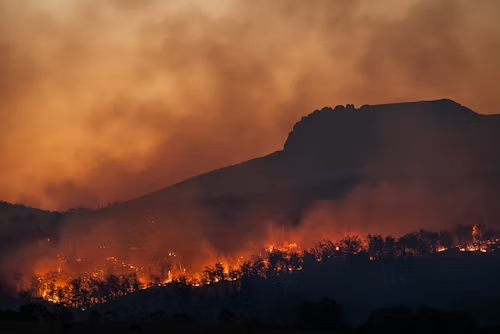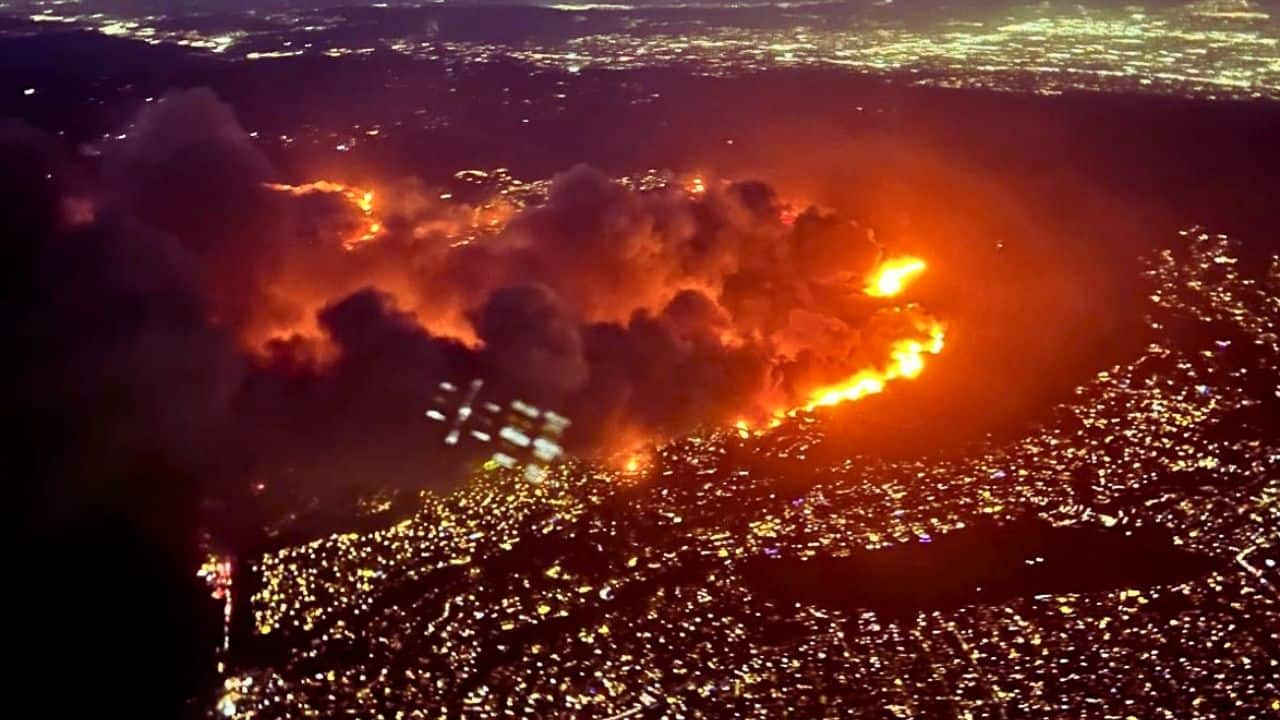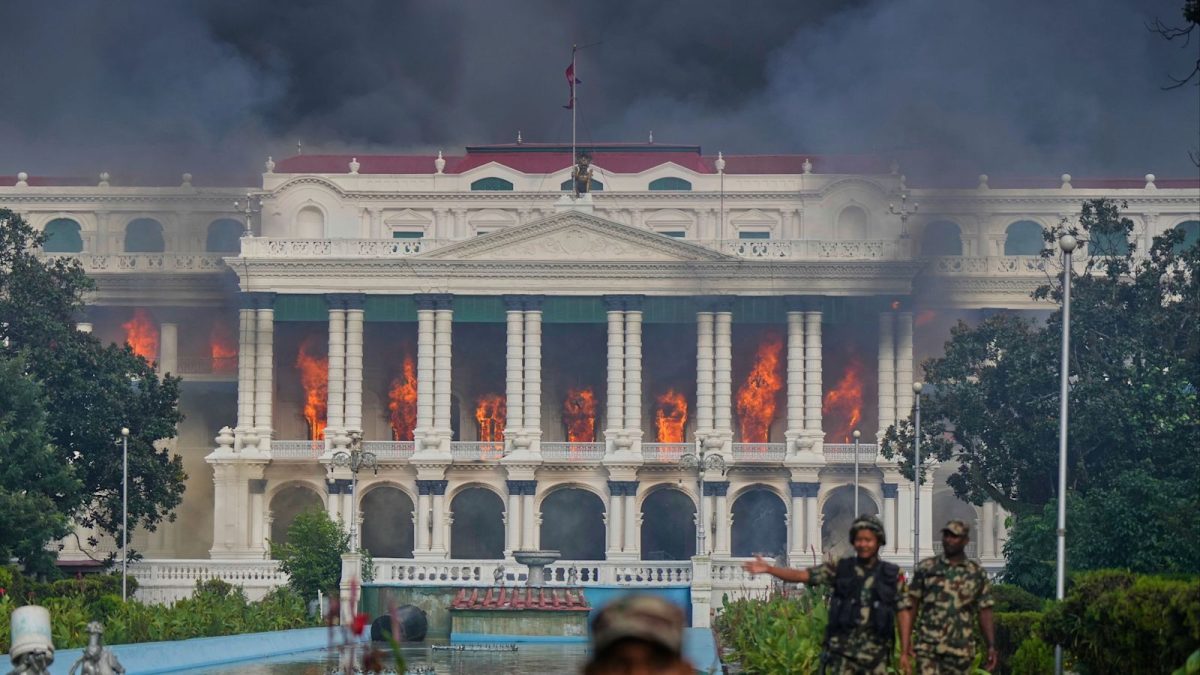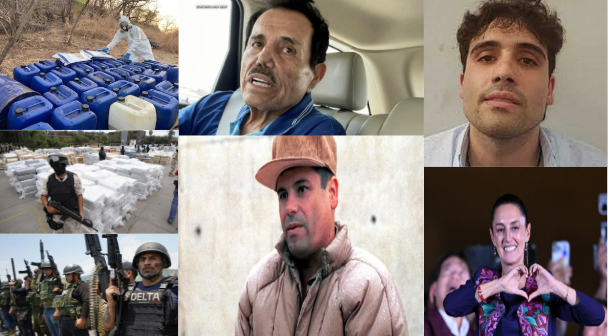
2024 was recorded as one of the hottest years. Not only higher temperatures but even worse weather disasters. We will discuss this topic further in this article 1.6 degrees hotter, ranks 2024 among all years. It isn’t just this single year that worries scientists, but the degrees in the upcoming years. “Every fraction of a degree brings more harm to people and ecosystems,” Roeji commented. Back-to-back hurricanes, killing hundreds of people in the U.S., triggered by ultra-warm ocean temperatures. In Spain, catastrophic floods. Killing more than 200 people as a result. The Amazon River is at unprecedented lows during the region’s worst drought. The Philippines also experienced an extreme Typhoon season to boot.

This is just the tip of the iceberg of decades of ruthless weather events right below 2025 in the ring. 2023 hit 1.48 degrees, close to the 1.5-degree limit. It is considered the warmest year to be dethrone just like that. Scientists are worried about the long-term effects of 1.5 degrees and higher warming. This has been crossed as of 2024. This means ecosystems around the planet will struggle to adapt. And that summertime heat you hate will approach the limits of human survivability in some areas—deadly wildfires in Canada, Hawaii, and even Southern Europe.
Counting to 2022, a year 1.4 degrees above the 20th-century average, drought was also an issue across the United States.
Now, sliding into 2021, we have a year where an extreme heat wave swept from Canada to Washington. Hurricane Ida is called the fifth most costliest weather disaster in world history. At the bottom of the iceberg is the one that set off the motion, 2020. Hurricane Laura raged on in Louisiana. It was the strongest hurricane to hit since 1856, the Last Island hurricane, by maximum sustained wind speeds at landfall. Derecho is a widespread, long-lived wind storm. A powerful Derecho traveled from Southeast South Dakota to Ohio. Strutting at 770 miles in 14 hours, producing widespread winds greater than 100 miles per hour. The states most affected were Lowa, Illinois, Minnesota, Indiana, and Ohio.
As you can see, the degrees have slowly climbed higher and higher. Degrees are climbing to dangerous levels, above limits humans weren’t built for. Weather disasters ragging on furry across communities.
But now, this brings us right back to the top of the iceberg. The top of the iceberg is, 2025 has just begun at the time of writing this. But I will still speak on the prediction the mid-way year offers for our climate.
Looking at it, it is expected to have about an average global temperature in 2025 to be 1.29C to 1.53 above pre-industrial temperatures. But as of this current moment, with the fires in L. A mainly being contained, we see where 2025 has to rain, flood, shake, blow, twirl, or erupt. Hopefully, things will not become even more deadly, such as the previous natural disasters plaguing this decade and the ones before. But with the information that has been given. It looks like things will get more extreme and deadly with the rising temperatures.














